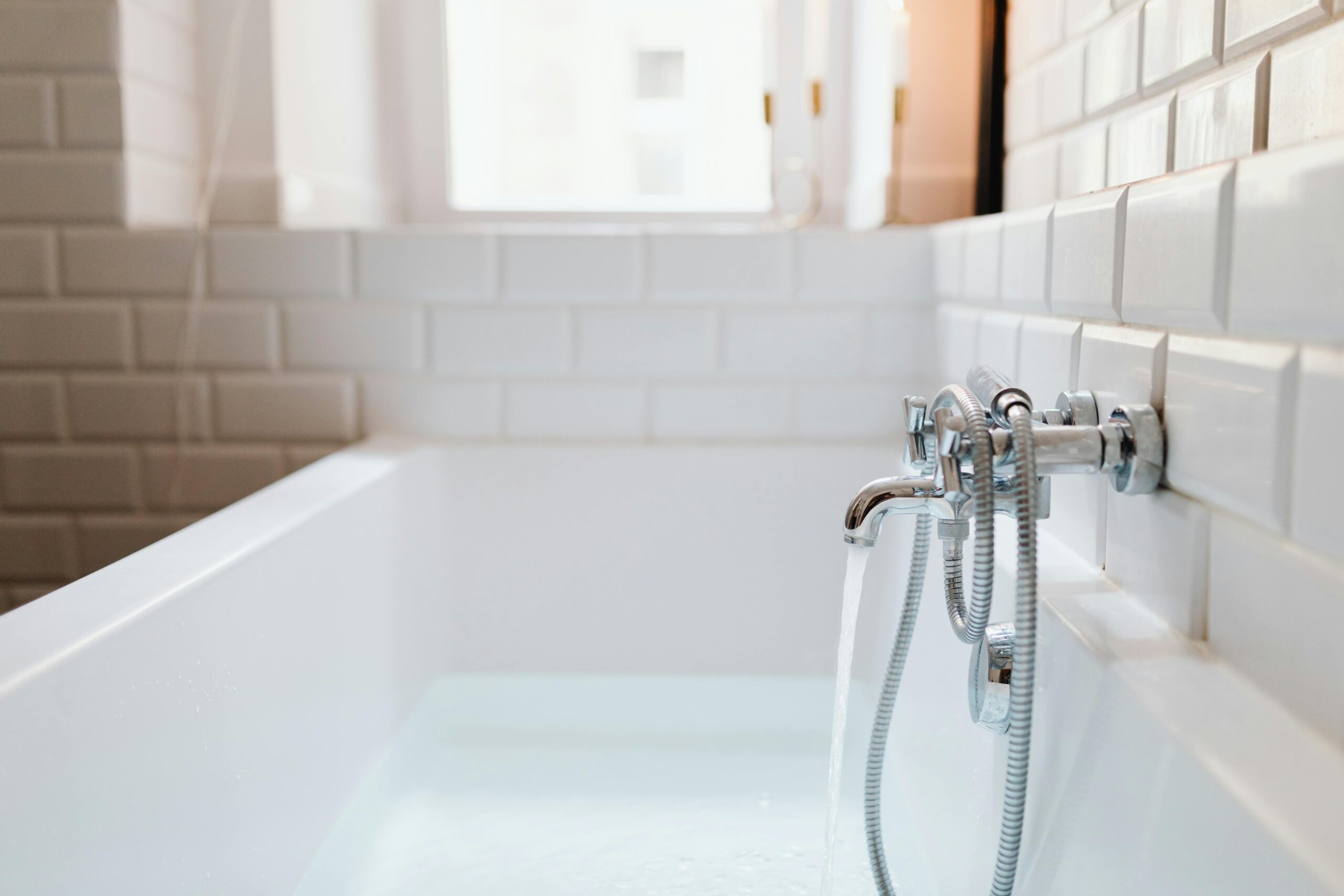Plumbing issues in kitchens and bathrooms are among the most common household headaches homeowners face. From the annoyance of a constantly leaking faucet to the inconvenience of a clogged drain, these problems can disrupt daily routines and potentially lead to serious water damage if left unaddressed. The good news is that many common plumbing problems can be resolved without calling a professional. This article explores frequent kitchen and bathroom plumbing issues and provides practical troubleshooting solutions that even novice DIYers can attempt.
Leaky Faucets: More Than Just an Annoyance
A dripping faucet is not only irritating but also wasteful. Even a slow leak can waste gallons of water over time, increasing your utility bills. Most leaky faucet repair scenarios involve worn-out washers or O-rings. To fix this issue, start by turning off the water supply under the sink. Remove the faucet handle by unscrewing the decorative cap and loosening the handle screw. Take out the stem and inspect the washer and O-ring for signs of wear. Replace these components if necessary, then reassemble the faucet. This simple maintenance can resolve most leaking issues.
For compression faucets, which have separate hot and cold handles, the fix usually involves replacing the rubber washers. For single-handle faucets (cartridge, ball, or ceramic disk types), you might need to replace the cartridge or other internal components specific to that model. Hardware stores typically carry repair kits for common faucet brands, making leaky faucet repair accessible for many homeowners.
Clogged Drains: Kitchen and Bathroom Culprits
Kitchen sink drains frequently become clogged with food particles, grease, and soap scum. To unclog a kitchen sink drain, first try a plunger designed for sinks. Fill the sink with enough water to cover the plunger cup and vigorously plunge several times. If this doesn’t work, you can use a mixture of baking soda and vinegar: pour half a cup of baking soda down the drain, followed by half a cup of vinegar. Cover the drain with a plug or plate and wait about 30 minutes before flushing with hot water.
Bathroom sink drains and tubs typically clog with hair and soap residue. A simple drain snake or even a straightened wire hanger can be effective for removing these types of clogs. Insert the tool into the drain and twist to catch hair and debris, then pull it out. For preventative maintenance, consider installing drain screens to catch hair and other materials before they enter your pipes. According to experts at AskHomey, regular drain maintenance can prevent 80% of common clogging issues.
Running Toilets: Wasting Water Silently
A running toilet can waste hundreds of gallons of water daily, significantly impacting your water bill. To fix a running toilet, start by removing the tank lid and observing the internal components. The most common causes are a faulty flapper valve or an improperly adjusted fill valve. If the flapper doesn’t create a tight seal, water continuously leaks into the bowl. Replace the flapper if it’s worn or damaged. If the water level is set too high, it may flow into the overflow tube. Adjust the float to lower the water level just below the overflow tube.
Sometimes the issue may be with the flush handle or the chain connecting it to the flapper. Ensure the chain has enough slack to allow the flapper to close completely but not so much that it gets caught under the flapper. These simple adjustments can resolve most running toilet problems without needing professional assistance.
Low Water Pressure: Multiple Possible Causes
Low water pressure can make daily tasks like showering or washing dishes frustrating. Understanding low water pressure causes is the first step toward resolution. Start by checking if the issue affects both hot and cold water and whether it’s limited to one fixture or is house-wide. If it’s isolated to one faucet, the aerator might be clogged with mineral deposits. Unscrew the aerator from the faucet head and soak it in vinegar overnight to dissolve buildup.
For shower heads, similar mineral accumulation can restrict flow. Detach the shower head and soak it in vinegar, or clean the individual spray holes with a toothpick. If low pressure affects the entire house, check your main water valve to ensure it’s fully open. Pressure-reducing valves, which are installed in many homes, can sometimes fail or need adjustment. More serious causes might include corroded pipes or municipal supply issues, which may require professional assessment.
Preventing Future Plumbing Problems
Prevention is always more cost-effective than repairs. Regularly check under sinks for leaks, avoid disposing of grease down kitchen drains, and be mindful of what gets flushed down toilets. Installing water softeners in areas with hard water can prevent mineral buildup in pipes and fixtures. Seasonal maintenance checks can identify potential issues before they become serious problems, saving both money and stress in the long run.
For more tips and to connect with reliable home service professionals, follow AskHomey on Facebook and Instagram.



